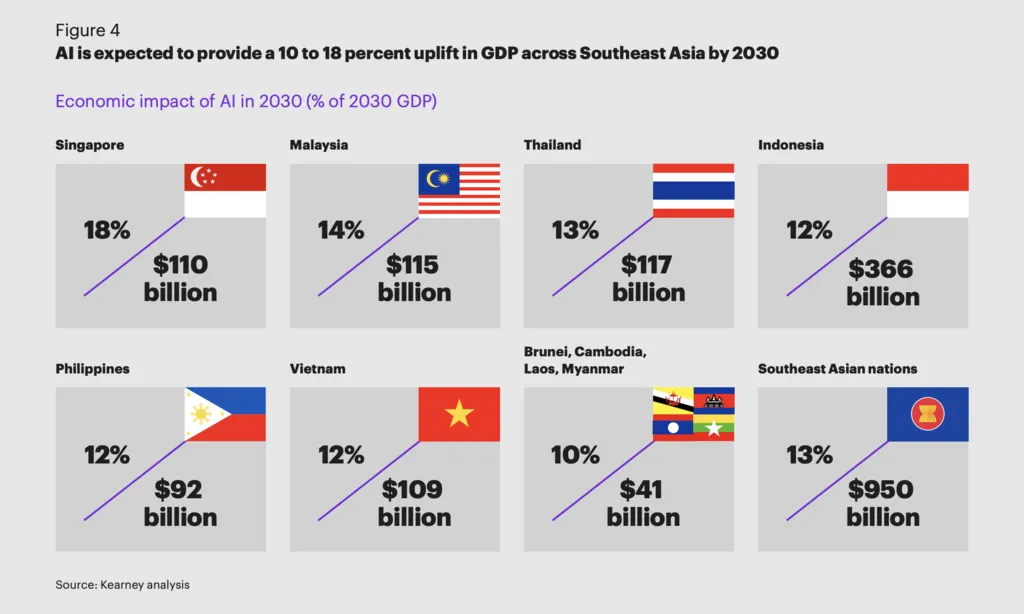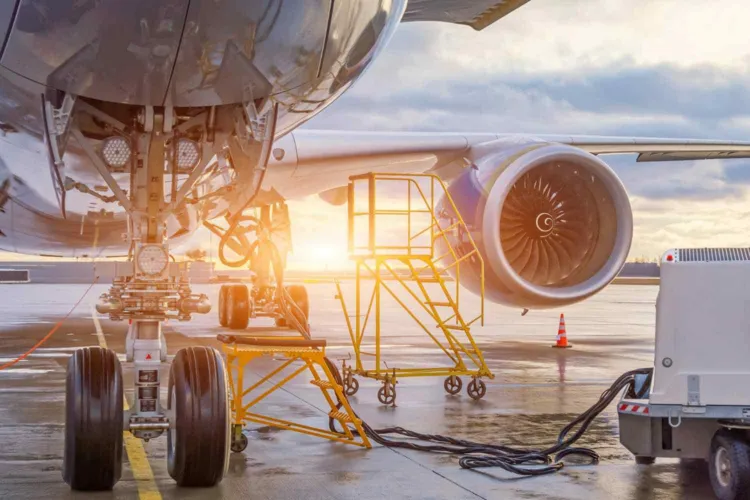By 2031, Southeast Asia’s artificial intelligence market is expected to reach $33.29 billion, growing at a 26.25% annual rate. This momentum is transforming more than just tech—it’s reshaping how goods and services move across borders. According to a recent meta-analysis, the Southeast Asia AI Trade Flow Impact is both statistically significant and economically meaningful, with AI adoption directly boosting cross-border trade volumes. Let's take a closer look!
$30 Billion in Early 2024: A Signal of Scale
In just the first half of 2024, Southeast Asia attracted over $30 billion in AI-related investments. Big names are making bold moves: Apple invested $250 million in Singapore, Google pledged $2 billion in Malaysia, and Microsoft committed $1.7 billion to Indonesia. This capital influx reflects both the private sector’s faith in the region and the growing impact of AI on trade logistics, customs automation, and digital commerce.

AI as a Trade Accelerator, Especially for Larger Firms
The meta-analysis confirms that AI technologies—when supported by robust infrastructure and sound policy—drive greater trade flow efficiency. Larger firms benefit the most, leveraging AI for automated customs processing, real-time analytics, and intelligent logistics routing. But the advantages are felt across the board: even small and mid-sized exporters report gains in turnaround time and cost savings when AI tools are adopted.
National AI Strategies Support Real Results: Southeast Asia AI Trade Flow Impact
Governments are stepping in with serious support. Singapore launched a $332 million fund to power deeptech and AI innovation. Malaysia, in 2024, established its National AI Office to unify AI deployment policy and guide adoption. These moves reflect a growing regional understanding that AI is now infrastructure, not just software. The Southeast Asia AI Trade Flow Impact depends on these national efforts to scale smoothly.
Read Also: The Quiet Boom in Southeast Asia AI Integration
Southeast Asia AI Trade Flow Impact and The Sectoral Impact
In practical terms, AI is already transforming trade-heavy sectors. In logistics, AI enables smarter fleet management and predictive shipping. In finance, it automates cross-border payments and fraud detection. In e-commerce, it helps businesses personalize products and optimize supply chains. As more companies go digital, these tools help cut costs, reduce delays, and increase trade volume.
A $1 Trillion Boost by 2030? Not Just Hype
If Southeast Asia fully embraces AI, the region’s GDP could increase by 10–18% by 2030, adding up to $1 trillion in new value. This isn’t hypothetical. It’s already in motion. AI’s ability to eliminate bottlenecks, simplify compliance, and streamline trade processes means that regional competitiveness is increasingly tied to digital capabilities.
Southeast Asia AI Trade Flow Impact: AI Adoption as Economic Policy
The Southeast Asia AI Trade Flow Impact is more than a forecast—it’s a roadmap. Backed by massive investment and coordinated public strategy, AI is now a foundational tool for the region’s economic future. With cross-border trade volume rising and new technologies improving efficiency, Southeast Asia is becoming a global benchmark for digital trade transformation.
Read Also: Smart Care at Home: Scaling Singapore AI Home Healthcare for Aging Populations







